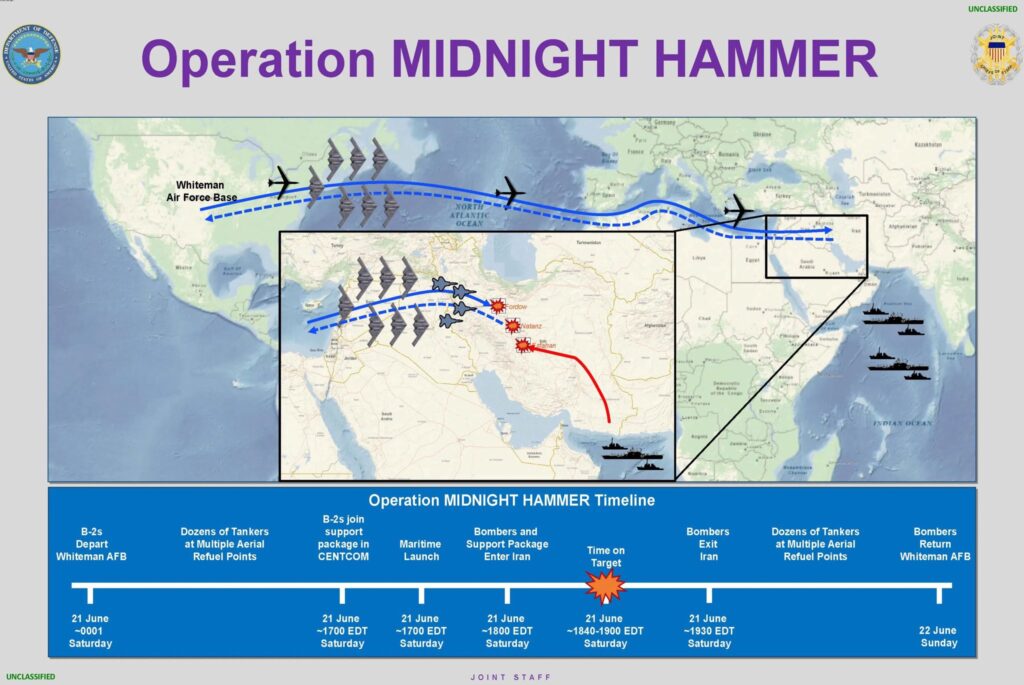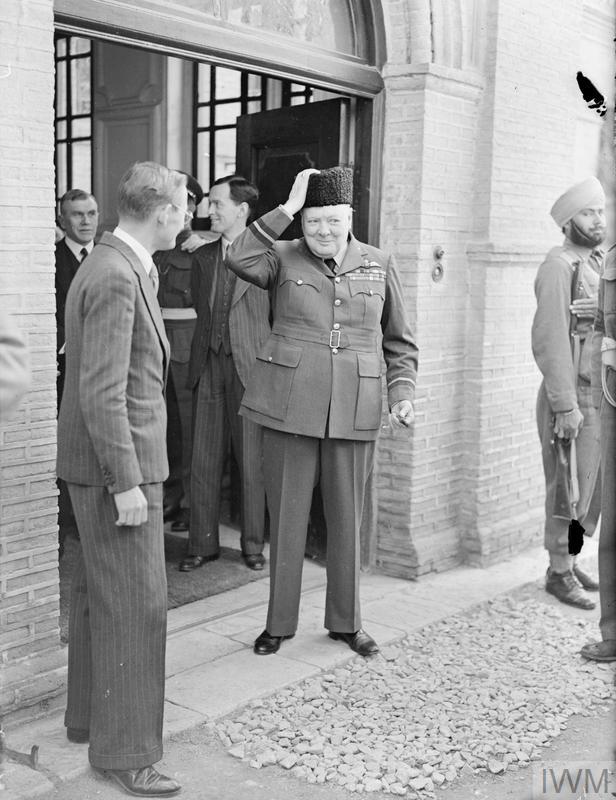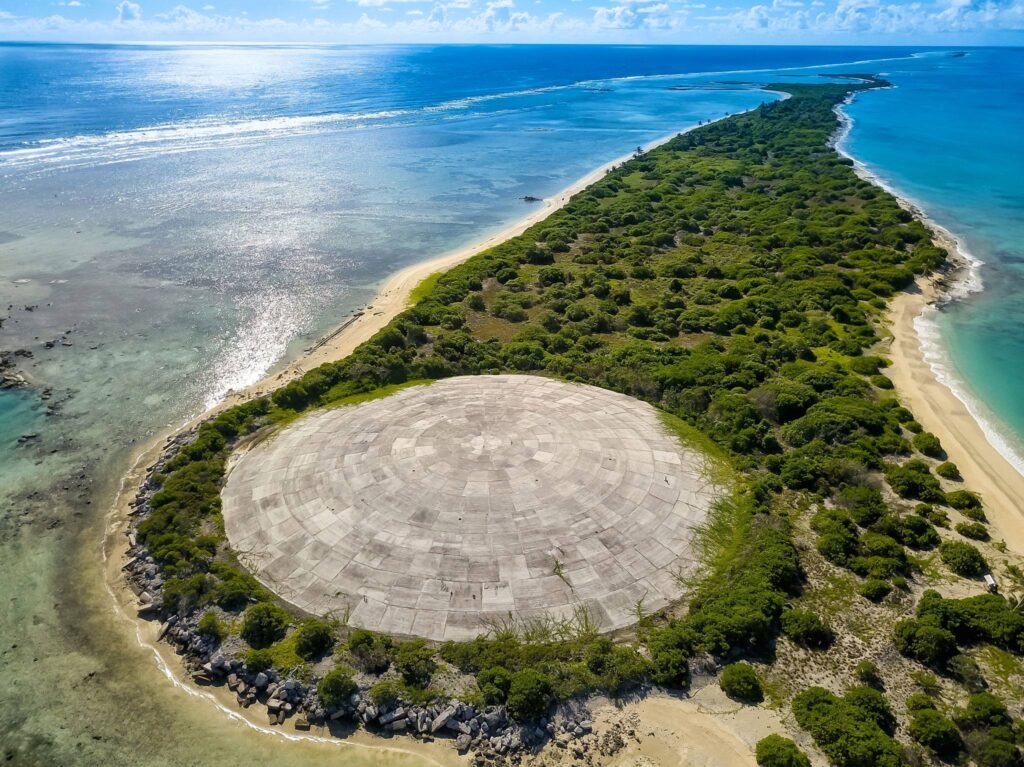Last night, it was announced by the US government that an airstrike had been carried out on Iran’s nuclear development sites. The details are still forthcoming at this time, but at least 3 significant sites were bombed, an attack that follows Israel’s recent incursion into the Persian state.

While I have strong feelings about this turn of events, and personally oppose what all 3 of these governments are doing – both in the short term and long term – my subject today is not abut my own opinion. This news has had me, and probably many others, thinking about nuclear weapons and their implications.
I can’t say whether Iran has full nuclear capabilities or if this is all a rouse to scare us into volunteering our collective tax dollars to keep conflicts going, and military-industrial companies thriving. I don’t know how close they truly are or aren’t to having a bomb. Hopefully they don’t. Actually, I think it’s entirely possible that Iran already does have nuclear weapons, and could have for a long time. Not because of any secret knowledge I possess, but because I am informed by history.
Nuclear History
The world’s first nuclear bomb (or device) was detonated on July 16, 1945, when the Manhattan Project’s Gadget unleashed the first radioactive mushroom cloud, and a new era was born. Prior to that, Germany, England, and even the Soviet Union had been at work to develop some kind of super bomb, something that would send such a loud message it could bring an end to World War II.
Following this successful test, known as the Trinity Test, the US would go on to experiment with larger and even more deadly explosions at various locations in the continental States, as well as on Pacific islands & atolls.
Some 130,000 workers took part in the Manhattan Project, who for the most part did not know what their individual piece was contributing to. Who knows how many would have refused to participate if they understood the destructive ends of their labor? Something to remember whenever you are told conspiracies are impossible because of how many people would have to be in on the knowledge.
I found it interesting as a note that Tehran (that famous city in Iran) was chosen as the meeting place for Roosevelt, Churchill and Stalin in 1943.

Image source: www.iwm.org.uk
The Soviet Union declared their intent to enter the Eastern theatre as soon as Germany “collapsed,” as it were. Soviet forces were mostly of a defensive posture in the Far East to that time, and mainly deployed to the European front.
Why did they go to Tehran? For this question I turned to Grok, as AI chat agents seem to be able to cut thru the endless articles online that do little more, if anything, than simply state this is where the Tehran Conference took place in November 1943. But I wanted to know the political significance, given today’s pressing issue.
Looking back, I think I may have wondered about this in school as well, which again, for the most part, taught me dates and locations, but not so much about reasons.
Early on in the war, in August 1941, British and Soviet forces joined in the Anglo-Soviet invasion, taking control of Iran. The Allied forces then established military presence there, while Iran internally remained officially neutral. This made it more secure for a conference, though it was a compromise location. Holding it at the Soviet embassy in Tehran put Stalin at ease, who distrusted being in foreign environments and wished to stay closer to his home. At the same time, it was accessible for Churchill & Roosevelt.
As you likely already know, the US dropped 2 nuclear bombs on Japan’s mainland in the summer of 1945, with the war officially coming to an end days later. It’s sort of amazing to think at this point Germany had already surrendered, and that for all the threat Hitler was to the world, Germany was not the chosen location to unleash this unthinkable destruction.
After the war, the Soviets detonated their first atomic bomb in 1949. The nuclear arms race was underway. Since then, many more powerful nukes have been researched & tested, but fortunately we have never seen them used in combat again.
Nuclear Prowess
Before the United States entered the current Iran conflict directly, I’d already started pondering the impacts of an actual detonation. From time to time I imagine what I’d do if my own city were bombed, and how far I might be from the explosion, if I’d survive, etc. To cut to the chase, depending on the size of the impact, I would either A) Survive, or B) Not survive. But I do have a Geiger counter, so there’s that bit of comfort. Plus, one of my friends knows how to decontaminate from radiation, so I think together we’d form quite a post-apocalyptic team.
This led me to looking up once again how destructive a nuclear explosion would be, and I ran across this virtual reality recreation of one of the tests on Enewetak Atoll in the Marshall Islands, in 1952, when the first hydrogen bomb “Ivy Mike” went off. You can click to look around in 360°, and watch as the mushroom cloud rises. Keep watching to the end to learn more about how these tests impacted the local population, who were removed from their land (in the name of science!).
The Enetewak people have partially resettled on their atoll, which was returned to the Marshall Island Republic in 1986 after a cleanup project that ended in 1980.

With the help of Chat GPT, I also learned the measurements used, equivalent metric tons of TNT, isn’t really a 1:1 comparison, either. It’s not factual that 21 kilotons of TNT would create an explosion that resembled a 21 kiloton nuclear bomb – that’s just a convenient measurement of the level of force. TNT does not emit radiation, nor does it generate a vaporizing blast wave like a nuke does that can melt your face off.
Nuclear Present
One major point of consideration when I look at present-day Iran, and its threat of becoming a nuclear power, is nearly a century later, how long could it take to develop such a weapon? The process is already well known. Part of it is taught in grade school science class. 9 nations (officially) are already nuclear-armed. I just don’t see a convincing enough reason why Iran could not have developed the tech if they wanted to.
We’re told it’s a matter of enrichment. Uranium-235 is the more volatile stuff, needed for fission reactions. Reaching a 60% ratio of U-235 to U-238 is said to be more difficult than taking that 60% up to 90%. Since 2021, the International Atomic Energy Agency responsible for inspecting and monitoring Iran’s progress has stated they have large amounts of this 60% product, and they are apparently not able to fully monitor the development any longer. Hence, Israel PM Benjamin Netanyahu’s visits to US Congress to present us with poster charts of a cartoon bomb.
Add to this the fact that R&D is conducted in underground bunkers, usually as far away from prying eyes as the Iranian regime can manage. While the US and Israel seem to have their ways of obtaining highly secretive information via our spy networks, who’s to say we have it all? And believe me, I know the arguments, and the difference we’d expect to see if Iran indeed possessed a nuke already. I’m simply showing how easy it would be for them to have the armaments already. For most of my life, the message has been that they’re only a few years, months, or weeks away.
From start to finish, the Manhattan Project took just under 3 years (Aug 13, 1942 – Aug 6, 1945) for the US to develop and implement a nuclear weapon. Navy research began a little earlier, in February of 1940, so alternatively it could be said that it was 5 years of development. Nuclear fission itself was only discovered a year prior.
In the 1940s, $2 billion was spent by the US developing our bombs. That’s roughly $35B today with inflation calculated (which may or may not be a good measure of actual cost, but still provides relevant perspective).
So neither time nor money seem like they should be an obstacle to a nation that’s determined to proliferate. Will it only be a matter of time before Iran, or some other unfriendly power, joins the other powers on the nuclear stage? If it was up to me to call the shots, I think it’s more important for us to learn how to deal more peaceably than it is to prolong the inevitable.
And if that idea rubs you the wrong way, wait until you hear my full plan for Middle East peace!
Sources used in compiling this editorial:
https://www.thecollector.com/what-was-the-manhattan-project/
https://www.iwm.org.uk/history/the-big-three-and-the-tehran-conference
https://science.anu.edu.au/news-events/news/what-uranium-enrichment-and-how-it-used-nuclear-bombs-scientist-explains
https://www.iaea.org/sites/default/files/documents/gov2023-8.pdf
Leave a Reply